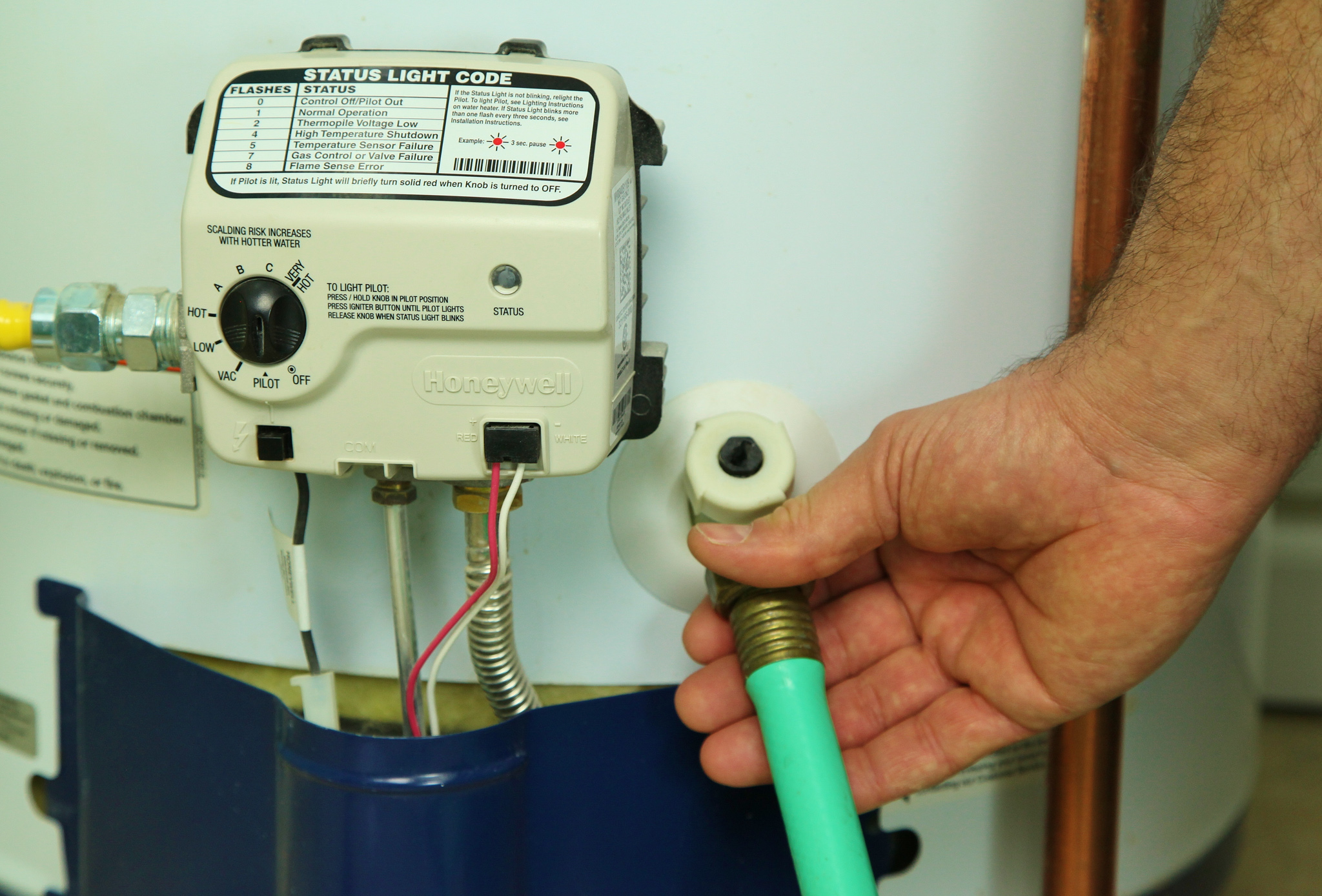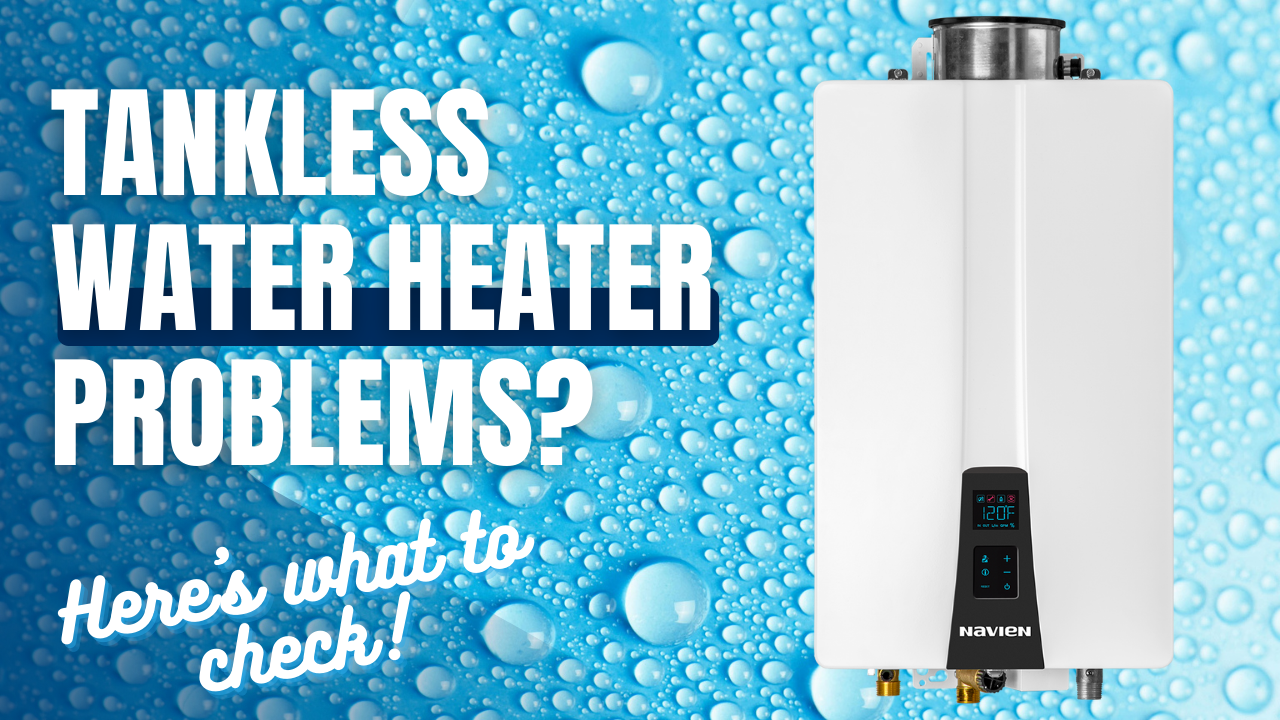
The survey consisted of five to nine questions regarding water tank and fish use, along with five demographic questions. We conducted a survey of horse owners and managers available from October 31 to December 2018. There was a high death rate among the goldfish in the study.Īverage water quality parameters of plastic and metal water tanks with and without goldfish There was no effect of tank type or goldfish on horse water intake. However, metal tanks had less algae compared to plastic tanks. Goldfish did not affect algae content of the tanks. However, metal tanks had an overall lower turbidity value compared to plastic tanks. TDS gradually increased throughout each 4-week period, and plastic tanks with fish had lower TDS compared to metal tanks without fish. We used this value to determine if horses preferred one tank over another. We added water to all the stock tanks when any of the tanks were halfway gone. We acclimated the goldfish to the temperature of the fresh water in their holding buckets and then released them into the water. We sampled water to determine algae once a week.Īfter 28 days, we set aside the goldfish in holding buckets and scrubbed the tanks clean by hand and refilled them.Every day we recorded air temperature, water temperature, TDS, and water turbidity.We used a stocking rate of 20 gallons per goldfish for a total of 5 goldfish per tank. There were four 100-gallon stock tanks, plastic and metal, both with and without goldfish. We conducted an experiment to test the effects of two tank types (plastic and metal) and goldfish on water quality. Testing water quality control when using goldfish Total dissolved solids and turbidity increased as water temperature increased.įrequent cleaning is important, especially in warm months and with plastic tanks. Metal tanks had lower turbidity and chlorophyll a than plastic tanks. Goldfish do not improve water quality but may reduce total dissolved solids. Our study, published in the Journal of Equine Veterinary Science, could not conclusively recommend using goldfish as a management method for maintaining water quality in water tanks. For every 1 degree increase in air temperature, water temperature increased by 0.60 degrees.įor every 1 degree increase in water temperatures: There was no difference in water temperature between the plastic or metal tanks in the study. This could be due to rough plastic surfaces being harder to clean. Plastic or metal tank?ĭuring a 2019 University of Minnesota study on whether adding goldfish to water tanks improves water quality, we found that using metal tanks may promote lower turbidity and algae than plastic tanks, meaning water quality may stay higher longer in metal than plastic. However, a fairly clear water source with a turbidity value of 25 NTU is considered acceptable for a horse. There are no ranges or limits that exist for horses or other livestock. Typically, water should have a turbidity value less than or equal to 5 NTUs (nephelometric turbidity units) for human drinking water. Water turbidity, or the overall clarity of the water, is another way to assess water quality. TDS values below 1,000 parts per million (ppm) are considered safe for all classes of horses.


Total dissolved solids (TDS) is the main measurement used to assess water quality for livestock. The table below outlines how much bleach to add to specific amounts of water to disinfect relatively clean water. These water sources can contain chlorine resistant parasites from animal droppings.Īlways use the recommended bleach levels and wait the recommended amount of time to prevent over application, which can lead to toxicity. If you want to treat water from a lake, stream or shallow well, double the amount of bleach you use and wait two hours before letting your horse drink. If the water is less than 50 degrees F, increase the waiting period to two hours.This will allow the chlorine time to dissipate. After adding bleach, wait at least one hour before letting your horses drink from it.Effectively disinfect water in tanks by using unscented household bleach in recommended quantities.You can add small amounts of bleach to existing water in a tank at a level that is safe for your horse to drink. The horses can safely drink from it right away. Rinse the tank with a 10 percent bleach solution (1 part bleach to 9 parts water). Horses should always have access to good quality water. Frequent water tank cleaning is important, especially in warm months and with plastic tanks. Water is one of the seven key nutrients required by horses. Keeping your horse’s water and tank clean encourages drinking and helps keep your horse healthy.


 0 kommentar(er)
0 kommentar(er)
